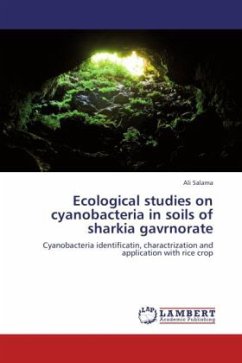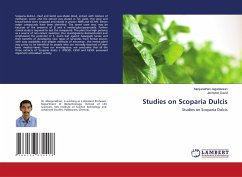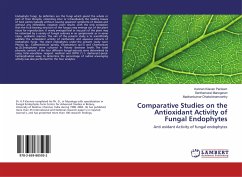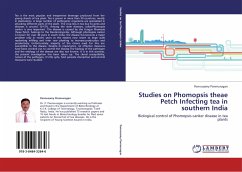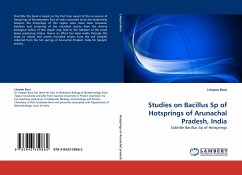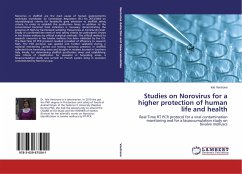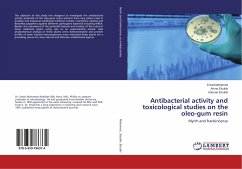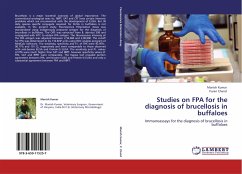
Ecological and Taxonomical Studies
on Ascospore-Producing Fungi in Egypt
Versandkostenfrei!
Versandfertig in 6-10 Tagen
52,99 €
inkl. MwSt.

PAYBACK Punkte
26 °P sammeln!
Information about Egyptian ascosporic fungi are very rare and limited because members of the group were either overlooked during investigations or never been the sole target of any investigation before. In this study I conducted a survey study focusing mainly on the ascosporic forms.To give a picture of the ascosporic mycobiota of Egypt, various substrates including different soils, dung of herbivore animals, composts, phylloplane, stored seeds and grains were investigated adopting appropriate isolation techniques. Fifty-eight taxa were reported and their frequency of occurrence and substrate ...
Information about Egyptian ascosporic fungi are very rare and limited because members of the group were either overlooked during investigations or never been the sole target of any investigation before. In this study I conducted a survey study focusing mainly on the ascosporic forms.To give a picture of the ascosporic mycobiota of Egypt, various substrates including different soils, dung of herbivore animals, composts, phylloplane, stored seeds and grains were investigated adopting appropriate isolation techniques. Fifty-eight taxa were reported and their frequency of occurrence and substrate preference were determined. Species richness at the substrate level revealed that herbivore dung is the richest by housing 38 taxa, followed by cultivated soil (22) and salt marsh soils (15). At the taxonomic level, order Sordariales came first by accommodating 23 taxa followed by Eurotiales (11). Multivariate analyses using Canonical Correspondence Analysis (CCA) and Two Way Indictor Species Analysis (TWINSPAN) were used to characterize community structure and to find out possible relationships among substrates and also between some taxa and certain substrates.



